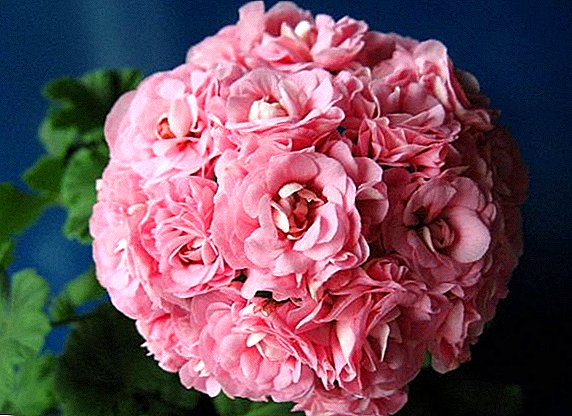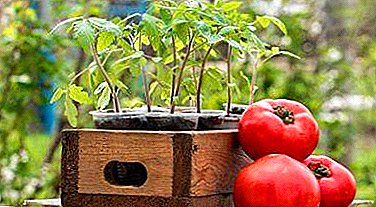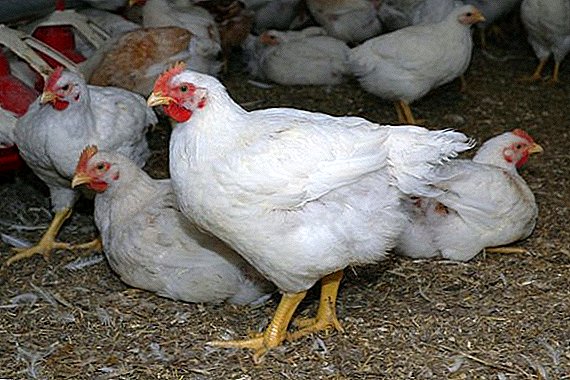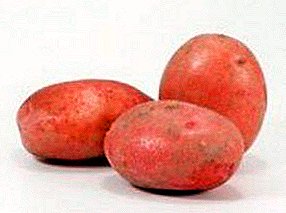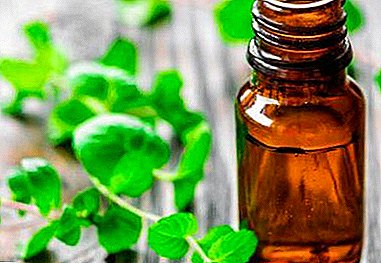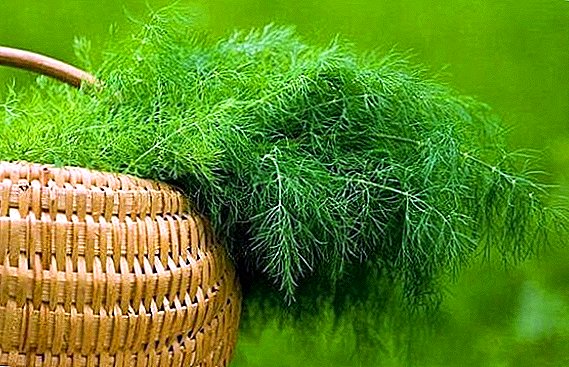 After seeing fennel for the first time in their life, any person will have the idea that this is dill. After all, they are really very similar in appearance and belong to the same family - Umbrella. Only here on the appearance of the difference between dill and fennel ends. With such a plant as dill, everyone is probably familiar. Without dill, it is impossible to cook real flavored Slavic dishes. Dill came to Europe from South-West Asia thanks to the Roman legionnaires in the early Middle Ages. On the territory of Russia at that time he was already growing as a weed plant. Fennel has long been grown in southern Europe and North Africa. We grew up in the wild in the south of the Caucasus. Due to its healing properties in ancient times, it was considered a divine plant that could drive out "evil spirits" from man.
After seeing fennel for the first time in their life, any person will have the idea that this is dill. After all, they are really very similar in appearance and belong to the same family - Umbrella. Only here on the appearance of the difference between dill and fennel ends. With such a plant as dill, everyone is probably familiar. Without dill, it is impossible to cook real flavored Slavic dishes. Dill came to Europe from South-West Asia thanks to the Roman legionnaires in the early Middle Ages. On the territory of Russia at that time he was already growing as a weed plant. Fennel has long been grown in southern Europe and North Africa. We grew up in the wild in the south of the Caucasus. Due to its healing properties in ancient times, it was considered a divine plant that could drive out "evil spirits" from man.
Did you know? In ancient Greece, such famous doctors as Hippocrates, Asklepiad Vifinsky and Dioscorides began using fennel as a medicinal plant for cough, for the treatment of vision problems and as a diuretic.
Although it was said above that they are similar in appearance, but, having understood in more detail in the descriptions of these plants, it will be easy to distinguish between fennel and dill among themselves and understand what their difference is.
Fennel description
 Fennel - often annual or biennial, in some cases a perennial herb. In height reaches two meters. In nature, there are more than 10 species of this plant. The stem has a height of 90-200 cm, fine-ribbed, straight and very branched. Fennel leaves are ovate-triangular in shape, pinnate. The upper leaves are dilated and sessile, the lower ones are more dense, on the petioles. The flowers are on a double umbrella, an umbrella with a diameter of 20 cm with 3-20 rays. The petals are yellow, ovate, 1 mm wide. The fruits of fennel are oblong-ovate, up to 1 cm long and 2-3 mm wide.
Fennel - often annual or biennial, in some cases a perennial herb. In height reaches two meters. In nature, there are more than 10 species of this plant. The stem has a height of 90-200 cm, fine-ribbed, straight and very branched. Fennel leaves are ovate-triangular in shape, pinnate. The upper leaves are dilated and sessile, the lower ones are more dense, on the petioles. The flowers are on a double umbrella, an umbrella with a diameter of 20 cm with 3-20 rays. The petals are yellow, ovate, 1 mm wide. The fruits of fennel are oblong-ovate, up to 1 cm long and 2-3 mm wide.
Did you know? Fennel in the people can call the dill and Dill Voloshsky pharmacy, but you should know that this is the same plant.
In cooking, almost all parts of fennel are used, to taste it strongly resembles anise. It has a slightly spicy taste and a pleasant aroma. The fruits are used as a spicy food seasoning. In raw form, add to salads and hot dishes. Umbrellas and stems are perfect for conservation.
Did you know? In the Mediterranean countries are very popular dishes from fennel root. Braised fennel root very well underlines the taste of meat and fish.
What does dill look like: plant description
 Dill is a short-lived annual herb of the Umbrella family. In its wild form, it grows in South-West Asia, but it is distributed on almost all continents as a cultivated and even weedy plant. Stem 40–150 cm high, single, straight or slightly branched, between branches can be bent. The leaves are ovate pinnate, but at the ends they turn into a linear-filiform form. The flowers are yellow, cushion-shaped. They are assembled in a double umbrella with a diameter of up to 15 cm. The number of rays on an umbrella is from 20 to 50. Dill fruits have a broadly elliptical shape, 3-5 mm long and 1.5-3 mm wide.
Dill is a short-lived annual herb of the Umbrella family. In its wild form, it grows in South-West Asia, but it is distributed on almost all continents as a cultivated and even weedy plant. Stem 40–150 cm high, single, straight or slightly branched, between branches can be bent. The leaves are ovate pinnate, but at the ends they turn into a linear-filiform form. The flowers are yellow, cushion-shaped. They are assembled in a double umbrella with a diameter of up to 15 cm. The number of rays on an umbrella is from 20 to 50. Dill fruits have a broadly elliptical shape, 3-5 mm long and 1.5-3 mm wide.
Important! When planting dill and fennel in the same area they should be distinguished, so that there is no hybridization.
It has a very strong spicy smell, which has earned wide distribution in cooking. It is used in almost all areas of culinary art: hot dishes, snacks, preservation. Dill is an indispensable component of a variety of salads and cold dishes.
Important! People with low pressure apply dill in food is not recommended.
How to find the difference between dill and fennel
Fennel and dill have very strong external similarities, both are tall herbaceous plants, have pinworm leaves, inflorescences are concentrated in a double umbrella. Even the flowers in both plants are yellow, but in shape there are differences. Therefore, having understood the description of plants, you can easily determine the difference between dill and fennel.  The most noticeable difference is the smell. Fennel has a refreshing pleasant aroma or even a little sweet, and dill has a pronounced spicy smell that cannot be confused with anything. Visually, fennel is more bushy and tall. Even after the flowering period, which occurs in dill in June-July, and in fennel in July-August, these plants differ in the shape of fruits (seeds). Dill has smaller seeds, fennel has longer and more elongated seeds. You can distinguish them in the form of the root, in dill it is small and firm. In fennel, the root is fleshy and bulky.
The most noticeable difference is the smell. Fennel has a refreshing pleasant aroma or even a little sweet, and dill has a pronounced spicy smell that cannot be confused with anything. Visually, fennel is more bushy and tall. Even after the flowering period, which occurs in dill in June-July, and in fennel in July-August, these plants differ in the shape of fruits (seeds). Dill has smaller seeds, fennel has longer and more elongated seeds. You can distinguish them in the form of the root, in dill it is small and firm. In fennel, the root is fleshy and bulky.
On the human body, these similar plants have completely different effects. Fennel has soothing, antispasmodic, expectorant properties. Dill also has a positive effect on the solution of problems of the gastrointestinal tract and is a good diuretic.
Having an idea of what fennel is, we will no longer call this plant dill, but will be able to benefit from the excellent properties of both plants.


